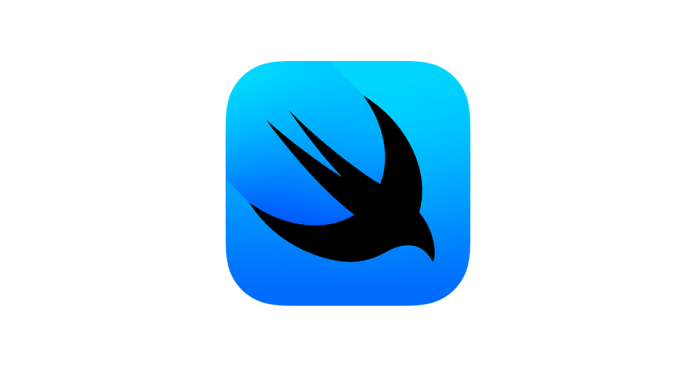In the ever-evolving landscape of iOS app development, SwiftUI has emerged as a transformative framework, promising developers a modern, declarative approach to building user interfaces. Introduced by Apple in 2019, SwiftUI represents a paradigm shift from traditional UIKit-based development, offering enhanced flexibility, simplicity, and efficiency. This article explores how SwiftUI is reshaping the iOS App Development ecosystem and its impact on developers and end-users alike.
Understanding SwiftUI
SwiftUI is a declarative framework designed to simplify the process of creating user interfaces across all Apple platforms, including iOS, macOS, watchOS, and tvOS. Unlike its predecessor, UIKit, which relies heavily on imperative programming and Interface Builder, SwiftUI leverages a declarative syntax using Swift, Apple’s modern programming language. This shift allows developers to define what their UI should look like and how it should behave, rather than focusing on the step-by-step instructions to achieve it.
Key Features of SwiftUI
1. Declarative Syntax: SwiftUI uses a declarative syntax, enabling developers to describe the desired UI state and let the framework handle the rest. This approach reduces boilerplate code and improves readability.
2. Live Preview: One of the standout features of SwiftUI is its live preview capability, integrated directly into Xcode. Developers can see real-time updates of their UI as they write code, facilitating rapid iteration and debugging.
3. Cross-platform Compatibility: SwiftUI facilitates code reuse across Apple platforms, allowing developers to build interfaces that adapt seamlessly to different devices and screen sizes.
4. Swift Integration: Built using Swift, SwiftUI integrates seamlessly with existing Swift codebases and leverages the full power of the language, including its type safety and performance benefits.
5. State Management: SwiftUI simplifies state management with built-in mechanisms that automatically update the UI when state changes occur, reducing the complexity of handling UI updates manually.
Advantages for iOS App Development
1. Faster Development Time
SwiftUI significantly accelerates the development process by minimizing the amount of code needed to achieve complex UIs. Its declarative nature and live preview feature enable developers to iterate quickly, test ideas, and refine designs in real-time.
2. Enhanced User Interface
With SwiftUI, creating visually appealing and responsive user interfaces becomes more intuitive. Developers can leverage built-in components like stacks, lists, and grids, along with animations and gestures, to enhance user interaction and experience.
3. Improved Code Readability and Maintainability
The declarative syntax of SwiftUI enhances code readability by clearly expressing the structure and behavior of the UI. This clarity not only makes the codebase easier to understand but also simplifies maintenance and updates over time.
4. Native Integration with Apple Ecosystem
As an Apple-native framework, SwiftUI seamlessly integrates with other Apple technologies and APIs. This integration ensures compatibility with the latest platform features and updates, providing a future-proof foundation for app development.
5. Accessibility and Localization
SwiftUI emphasizes accessibility and localization by offering built-in support for dynamic type sizes, right-to-left languages, and accessibility features such as VoiceOver. This helps developers create inclusive apps that reach a broader audience.
Challenges and Considerations
While SwiftUI offers numerous advantages, it also presents certain challenges:
– Learning Curve: Developers familiar with UIKit may face a learning curve when transitioning to SwiftUI due to its different approach and concepts.
– Maturity of Framework: Since its release, SwiftUI has evolved with updates and improvements, but some features and capabilities are still maturing.
– Compatibility: Full compatibility with older iOS versions may be limited, requiring developers to assess backward compatibility needs for their target audience.
Future Trends and Adoption
SwiftUI continues to gain traction among iOS developers, driven by its modern approach to UI development and the ongoing enhancements from Apple. As SwiftUI matures, its adoption is expected to grow, particularly as more developers recognize its potential to streamline development processes and improve app quality.
Conclusion
In conclusion, SwiftUI represents a significant advancement in iOS app development, offering developers a powerful toolkit to create elegant, responsive, and feature-rich user interfaces. By embracing SwiftUI, developers can leverage its declarative syntax, live preview capabilities, and seamless integration with the Apple ecosystem to build apps that stand out in terms of both functionality and design. As Apple continues to invest in SwiftUI’s development, its role in shaping the future of iOS app development is poised to become even more pronounced, making it a crucial framework for developers aiming to innovate and deliver exceptional user experiences on Apple platforms.


